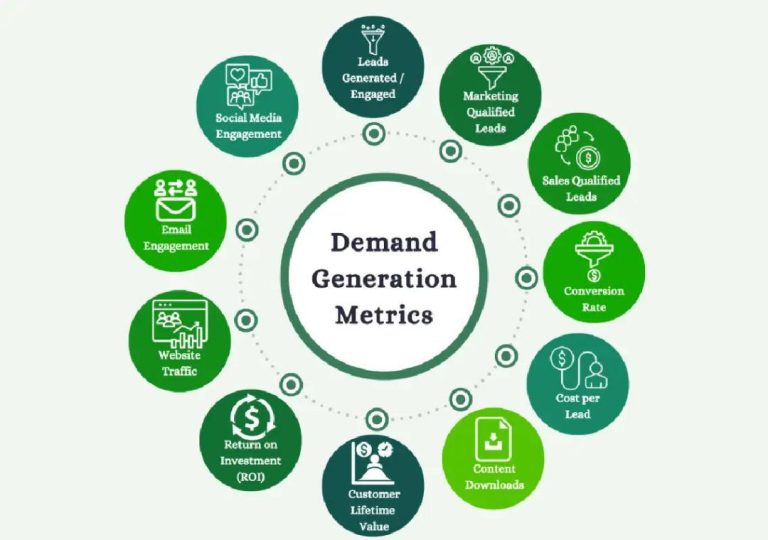
Is Your Campaign Data Working Against You?
In today’s fast-paced digital marketing landscape, campaign data can be a powerful tool for driving business growth and making data-driven decisions. However, traditional campaigns often struggle with scattered data and delayed insights, which can hinder their ability to optimize performance and achieve their goals.
The problem lies in the fact that most marketing teams rely on disparate data sources, such as Google Analytics, social media platforms, and email marketing software, to track their campaigns. This can lead to a lack of cohesion and visibility across channels, making it difficult to identify trends, patterns, and anomalies in real-time.
To overcome these challenges, marketers are increasingly turning to artificial intelligence (AI) to unify their data and gain instant insights into their campaigns. By leveraging AI-powered marketing platforms, teams can now combine data from ads, web, and email into a single, unified view, enabling them to identify patterns and flag anomalies in real-time.
In this blog post, we’ll explore the challenges of traditional campaign data and the benefits of using AI to drive campaign efficiency. We’ll also examine how AI-powered marketing platforms can help marketers make faster, more informed decisions, and ultimately drive real-time performance improvements.
The Challenges of Traditional Campaign Data
Traditional campaigns often rely on a patchwork of data sources, including:
- Google Analytics for web traffic and conversion tracking
- Social media platforms for ad performance and engagement metrics
- Email marketing software for open rates, click-through rates, and conversion rates
Each of these data sources provides valuable insights into campaign performance, but they are often siloed and difficult to integrate. This can lead to a range of problems, including:
- Data fragmentation: Disparate data sources make it difficult to get a comprehensive view of campaign performance.
- Inconsistent metrics: Different data sources use different metrics and methodologies, making it challenging to compare and contrast performance across channels.
- Delayed insights: Data analysis and reporting can be time-consuming, leading to delayed insights and slower decision-making.
- Limited visibility: It can be difficult to identify trends, patterns, and anomalies in real-time, making it challenging to optimize campaign performance.
The Benefits of AI-Powered Campaign Data
AI-powered marketing platforms offer a solution to these challenges by unifying data from ads, web, and email into a single, cohesive view. By leveraging machine learning algorithms and natural language processing, these platforms can analyze vast amounts of data in real-time, identifying patterns and anomalies that may not be immediately apparent to human analysts.
Some of the key benefits of AI-powered campaign data include:
- Unified data: AI-powered platforms unify data from multiple sources, providing a single, comprehensive view of campaign performance.
- Real-time insights: AI algorithms analyze data in real-time, enabling marketers to identify trends, patterns, and anomalies as they happen.
- Automated reporting: AI-powered platforms automate reporting and analysis, freeing up marketers to focus on strategy and optimization.
- Better decision-making: AI-powered platforms provide actionable insights and recommendations, enabling marketers to make faster, more informed decisions.
How AI-Powered Marketing Platforms Can Help
AI-powered marketing platforms can help marketers in a number of ways, including:
- Identifying underperforming ads: AI algorithms can analyze ad performance data in real-time, identifying ads that are underperforming and flagging them for optimization or removal.
- Boosting emerging winners: AI-powered platforms can identify top-performing ads and campaigns, enabling marketers to boost their budgets and maximize ROI.
- Optimizing targeting: AI algorithms can analyze audience data and identify patterns and trends, enabling marketers to optimize targeting and improve campaign performance.
- Improving user experience: AI-powered platforms can analyze user behavior and preferences, enabling marketers to personalize the user experience and improve engagement.
Real-World Examples of AI-Powered Campaign Data
Several companies have already seen the benefits of AI-powered campaign data in action. For example:
- A leading e-commerce brand used an AI-powered marketing platform to unify their data and identify a major drop-off point in their customer journey. By optimizing their checkout process, they were able to increase conversions by 15%.
- A major retailer used an AI-powered platform to analyze customer behavior and preferences, enabling them to personalize their marketing messages and improve engagement by 20%.
- A financial services company used an AI-powered platform to optimize their ad targeting and improved ROI by 30%.
Conclusion
Traditional campaigns often struggle with scattered data and delayed insights, which can hinder their ability to optimize performance and achieve their goals. AI-powered marketing platforms offer a solution to these challenges by unifying data from ads, web, and email into a single, cohesive view.
By leveraging AI-powered marketing platforms, marketers can gain instant insights into their campaigns, identify patterns and anomalies, and make faster, more informed decisions. This can lead to real-time performance improvements, better decision-making, and ultimately, better business outcomes.
News Source:
https://www.growthjockey.com/blogs/ai-marketing-for-campaign-efficiency






